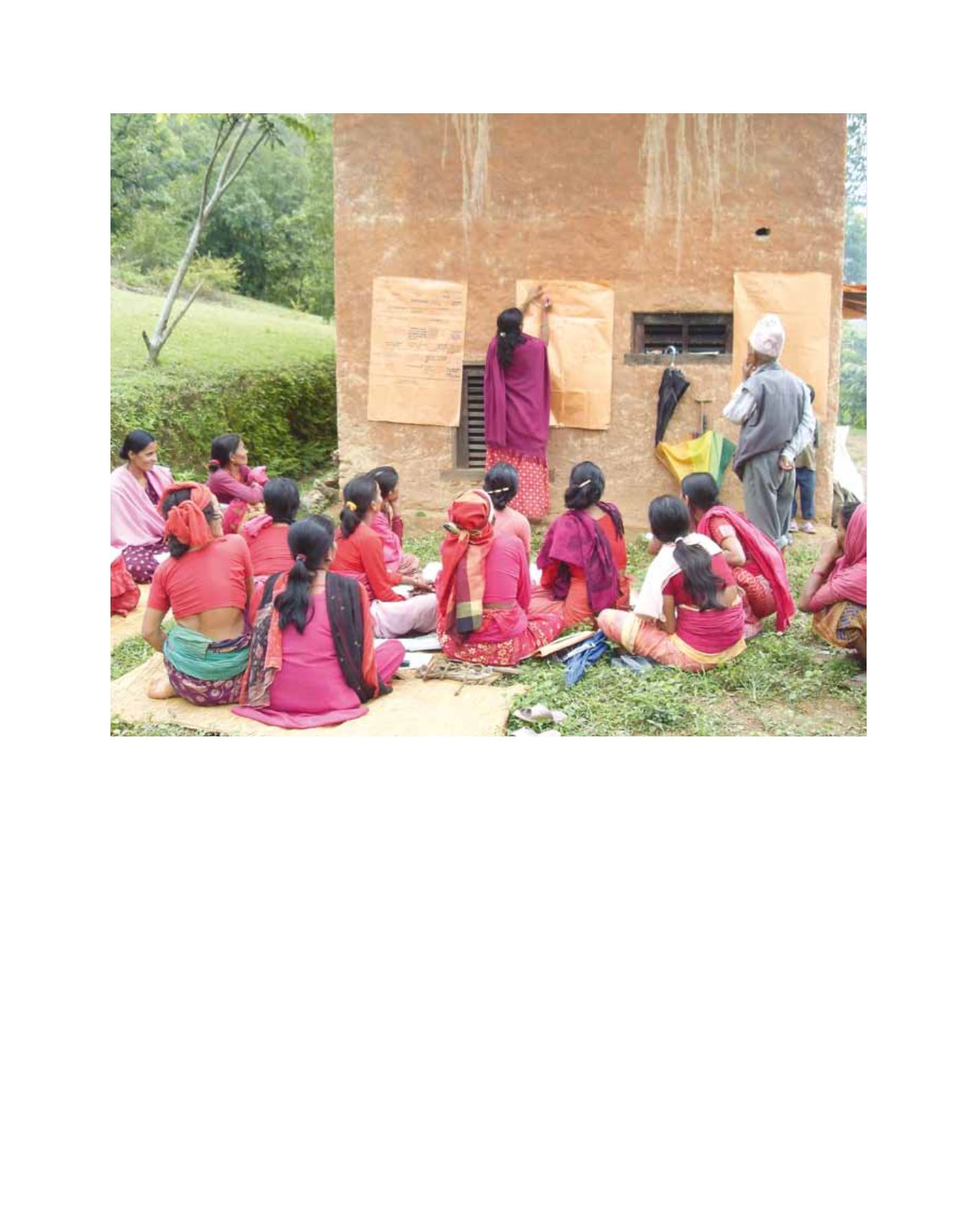

[
] 17
A
griculture
Managing pests and diseases
Changes in incidence, distribution and intensity of pests and
diseases due to climate change are likely to cause additional crises
in local agricultural production. Climate change is likely to affect
vector-borne diseases and may also result in new transmission path-
ways and different host species.
Changing climate may affect the patterns of disease and pests
through altered host distribution and phenology, alter the plant-
associated microflora and trigger new plant diseases and pest
outbreaks. Early detection of diseases and pest outbreaks based
on weather and climate forecasts can assist proactive control meas-
ures and thus avoid higher management costs. By monitoring pest
thresholds, climate information systems can assist in the devel-
opment of integrated pest management technologies needed to
counter new pests.
Operational monitoring of pests and diseases, and weather-based
early warning systems, have long been recognized as an essential part
of integrated pest and disease management. Pest and disease fore-
cast models, coupled with weather forecasts generated from climate
simulations, can be a basis for pest and disease early warning systems.
Enhancing resilience of coastal communities
Coastal zones constitute extensive areas of the most
vulnerable ecosystems, and are strongly exposed to
natural hazards such as hurricanes, storms, floods,
erosion and salt-water intrusion. Fisheries-dependent
communities are particularly vulnerable to rising sea
levels, changes in ocean salinity, hurricanes, and a
decrease in fish stocks and availability due to increas-
ing water temperature.
Most of the large global marine fisheries are affected
by climate variability associated with the El Niño
Southern Oscillation (ENSO). Assessment of vulner-
ability and risks, and development of community level
risk reduction plans incorporating climate informa-
tion, could effectively reduce vulnerability and risk.
Customized climate information services for fishers
need to serve better information about the impending
weather and climate risks to support decision-making
on fishing time, area, saving livelihood assets, and
matching the actions outlined in the community level
Women’s group in Mid-hills of Nepal participating in a farmer field school on climate risks
Image: FAO
















